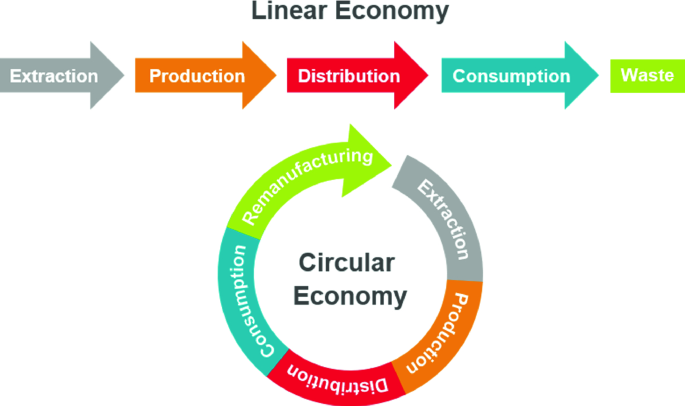
BREAKING NEWS: GUYANA STRATEGIC VISION TO BE ONE OF …….

Movement towards establishing oil & gas data repository
Guyana, a small South American nation with a population of less than a million, has emerged as a significant player in the global energy market. Since the discovery of substantial offshore oil reserves in 2015, the country has experienced unprecedented economic growth and has rapidly become one of the fastest-growing economies in the world. The government of Guyana, recognizing the finite nature of oil production and the global transition toward cleaner energy, has expressed its intent to position the country as one of the last oil producers globally. This strategic vision reflects both pragmatic economic goals and an acknowledgment of evolving global energy dynamics.
The Rationale Behind the Vision
The government’s intention to be among the last oil producers stems from several interconnected factors:
- Economic Transformation and Resource Utilization
Guyana’s newfound oil wealth offers a historic opportunity to transform its economy. The government aims to use the revenues from oil production to diversify the economy, invest in infrastructure, improve education and healthcare, and uplift the standard of living for its citizens. With a significant portion of its GDP now tied to oil, Guyana plans to maximize the financial benefits while the resource remains in demand.

- Global Energy Transition
The global push to decarbonize economies and reduce reliance on fossil fuels has raised questions about the long-term viability of oil. However, the complete shift to renewable energy will likely take decades. Guyana aims to strategically time its production to align with continued demand while avoiding overreliance on a declining industry. The government’s strategy hinges on producing efficiently and sustainably for as long as oil remains a valuable commodity.
- Carbon Footprint Considerations
Unlike many major oil-producing nations with high carbon footprints, Guyana’s production is comparatively low-emission due to its use of modern technology and relatively clean extraction processes. Coupled with its vast rainforest, which acts as a carbon sink, Guyana seeks to balance oil production with environmental responsibility. This dual approach could bolster its reputation as a responsible producer amid growing global scrutiny of fossil fuel industries.
Opportunities and Challenges
While Guyana’s ambition to be one of the last oil producers is bold and strategic, it presents both significant opportunities and challenges.
- Economic Opportunities
- Revenue Windfall: With billions of barrels of proven reserves, Guyana stands to earn significant revenues from oil production, which can fuel development and reduce poverty.
- Diversification: Proper management of oil wealth through initiatives like the sovereign wealth fund can support investments in renewable energy, agriculture, and tourism, ensuring economic resilience beyond oil.
- Strategic Partnerships: Guyana’s oil sector has attracted investments from global giants like ExxonMobil, offering access to advanced technology and expertise.
- Environmental and Social Challenges
- Climate Change Pressures: Despite its low-emission production, Guyana faces criticism from environmentalists who argue that continued oil production is incompatible with global climate goals. Balancing development and environmental stewardship will remain a delicate task.
- Dutch Disease: The influx of oil revenues risks distorting the economy, making non-oil sectors less competitive. Guyana must implement policies to avoid overdependence on oil.
- Inequality and Governance: Rapid economic growth fueled by oil wealth can exacerbate inequality and lead to governance challenges. Transparent management of resources is critical to ensuring equitable development.
- Market Dynamics
As the global energy market evolves, Guyana must contend with fluctuating oil prices, competition from other producers, and the eventual decline in demand for fossil fuels. Its strategy to be among the last producers hinges on accurately predicting market trends and maintaining production efficiency.
Steps Toward Realizing the Vision
To achieve its ambition, Guyana has adopted a multifaceted approach:
- Efficient Resource Management
The government has focused on negotiating favorable contracts with oil companies, ensuring a fair share of revenues. It has also established the Natural Resource Fund (NRF) to save and invest oil revenues for future generations. - Economic Diversification
Recognizing the risks of overreliance on oil, Guyana is investing in sectors such as agriculture, mining, and renewable energy. These efforts aim to create a balanced and sustainable economy that can thrive even as oil production declines. - Sustainability Initiatives
Guyana has committed to preserving its rainforests and meeting international climate commitments. It is part of the Low Carbon Development Strategy (LCDS), which seeks to harmonize economic growth with environmental conservation. - Regional and Global Collaboration
By positioning itself as a responsible and sustainable oil producer, Guyana has sought to foster partnerships with regional neighbors and global stakeholders. This approach can help build resilience against external pressures and bolster its standing in international forums.
The Road Ahead
Guyana’s aspiration to be among the last oil producers reflects a nuanced understanding of its economic and geopolitical realities. While the transition to renewable energy is inevitable, oil will remain a crucial part of the global energy mix in the near to medium term. By leveraging its resources strategically and investing in sustainable development, Guyana aims to secure long-term benefits for its citizens while navigating the challenges of a changing world.
Leave a Reply